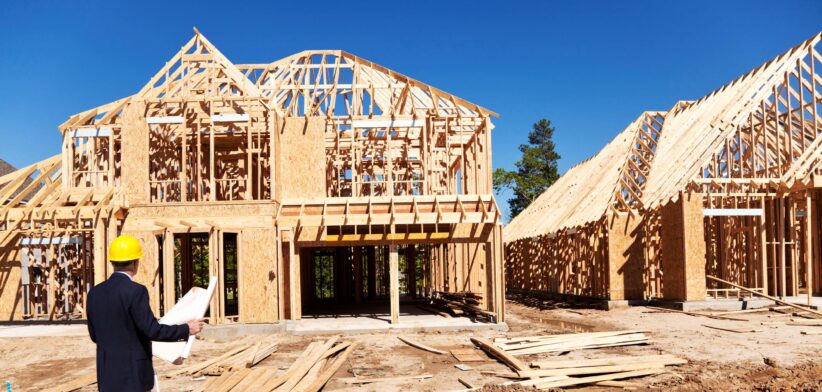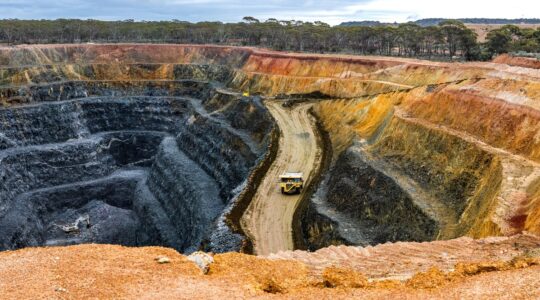Australia is slipping behind in the race to build 1.2 million new homes identified in the National Housing Accord.
New figures from Master Builders Australia show the country is, at this stage, on track to miss the mark by more than 13 percent.
Master Builders Australia CEO Denita Wawn said five months after the first forecasts covering the full five-year Accord period, Australia was projected to increase its housing shortfall from 112,000 to over 166,000 homes.
Ms Wawn said from July 1 this year until June 30 2029, Master Builders forecasts 1,034,000 new home starts, 13.8 per cent lower than the Accord target.
She said new home building started the Accord period from its weakest position in a decade.
“The downgrade in our April forecasts is off the back of a prolonged battle to curb inflation, persistently high interest rates and continued constraints on the supply side of the residential building market.
“We are expecting the market to gradually recover over the next few years as the macroeconomic conditions improve, but more work is needed to address the housing shortfall.”
The report suggests Queensland was likely to face a target of about 246,000 new home starts over the five years up to 2028–29 based on its share of total population, stating this volume of housing output had never been delivered in Queensland before.
Ms Wawn said the record sits at 218,000 new home starts over the five years to 2018–19.
“Back then, record levels of higher density home building made the crucial difference, while homes in that segment account for just under one half (46.4 percent) of new builds at this stage.”
Ms Wawn said Federal, state and territory governments had acknowledged the challenges around planning, workforce and productivity, but there wasn’t enough action on the ground.
“Productivity in the industry has fallen 18 percent over the last decade. It’s clear that state governments need to expedite the rollout of planning reforms to reduce the high costs and time it takes to build.”
She said workforce shortages continued to be the biggest challenge for the industry across all sectors.
“At the Federal level, the Government’s priority should be growing the building and construction workforce. This must include a mix of domestic and skilled migration workers.
“Domestically, we cannot fill this gap. We need to think outside of the box with better apprenticeship incentives, reskilling migrants already in Australia, and a targeted international campaign to bring in skilled tradies.”
Ms Wawn said the performance of higher density building would be crucial to meeting the target and combating the housing and rental crisis.
“Build times for these projects have blown out since the pandemic by around 20 percent from approval to completion and costs have risen by around 40 percent.
“Inflation is a capacity killer. Governments must speed up efforts to address these supply bottlenecks,” Ms Wawn said.








